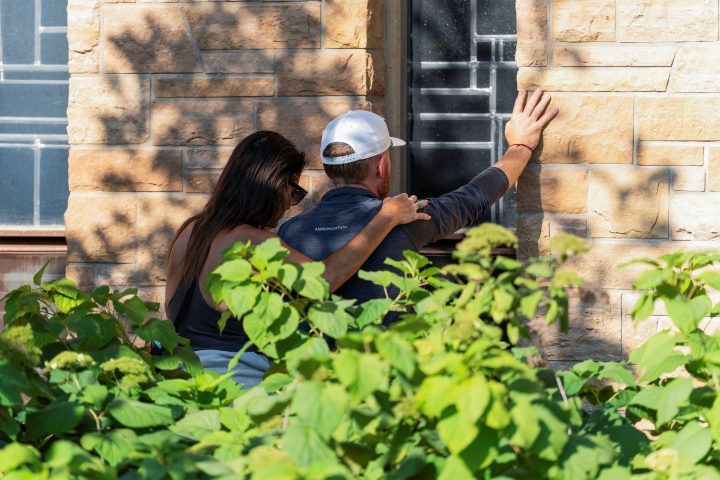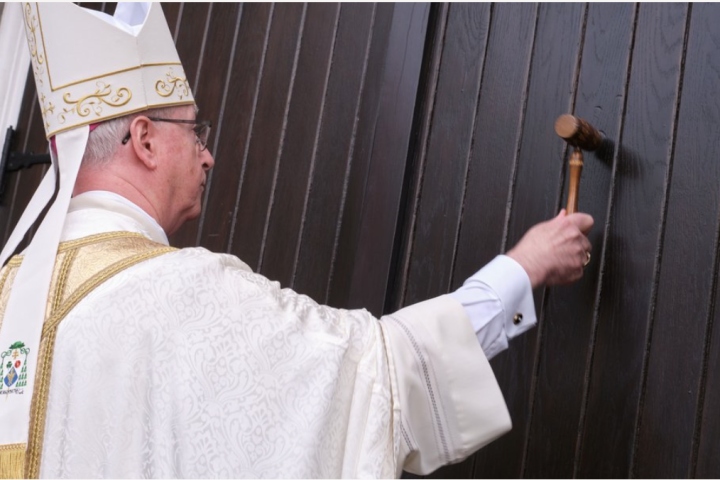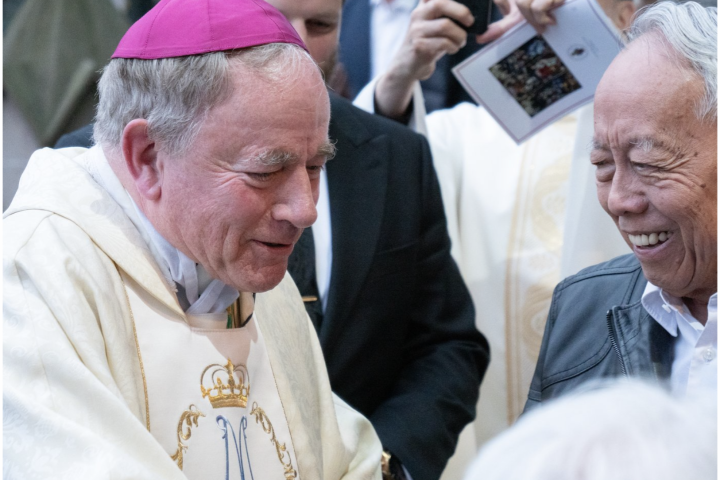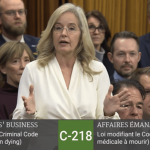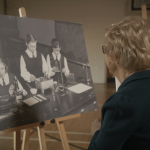Media buy-in drove graves’ social panic
BY ANNA FARROW
Montreal Correspondent
In the newly published Grave Error: How the Media Misled Us (and the Truth about Residential Schools), C.P Champion and Tom Flanagan have assembled 18 essays that delve into the truth behind the widely adopted assumptions that followed the so-called May 2021 “discovery” of human remains at the former residential school in Kamloops, B.C.
On May 27, 2021, Chief Rosanne Casimir of the Tk’emlúps te Secwépemc announced that ground penetrating radar (GPR) technology had located the remains of 215 children on the grounds of the former Kamloops Indian Residential School.
More than one author featured in Grave Error describe the furor that ensued as a “moral panic.”
Three days following the press conference, Prime Minister Justin Trudeau would order Canadian flags to be flown at half-mast. They would remain lowered for nearly six months, raised a few days before Nov. 11, only to be lowered again for Remembrance Day.
Pope Francis spoke of “the shocking discovery of the remains of 215 children” in his June 6 Angelus address.
A wave of church burnings and vandalisms began in the summer of 2021 and continue to this day.
Grave Error brings together in one volume the work of former professors and jurists who have spent more than two years assembling the necessary research to counter the narrative that has dominated the Kamloops story.
Many of the authors will be familiar to those who have been following the story behind the story: Hymie Rubenstein, retired professor of Anthropology at the University of Manitoba and editor of The REAL Indigenous Report on Substack, Francis Widdowson, former professor at Mount Royal University in Calgary, Jacques Rouillard, professor emeritus in the Department of History at the Université de Montréal, and Jonathan Kay, Canadian editor of Quillette.
In their preface, author Champion and former University of Calgary professor Flanagan stress that while contributors do not speak with a unanimous voice, “all authors in this collection agree on the main point: that no persuasive evidence has yet been offered by anyone for the existence of unmarked graves, missing children, murder or genocide in residential schools.”
As the title suggests, the book examines not only the claims of mass graves of missing children from the schools, but the media buy-in that, in large part, drove the social panic.
Why did the Canadian media, politicians and, indeed, Canadian Catholics fall so hard for a story that is now being likened to the “Satanic panic” of the 1980s and ’90s?
In an essay originally published in Quillette, Kay writes that, “I was one of many Canadians who initially got swept up with all of this — in large part because it seemed as if everyone in the media was speaking with one voice, including journalists I’d known and respected for many years.”
The Kamloops story became an “immediate sensation,” even “after the GPR expert on whom the First Nation relied, Sarah Beaulieu, carefully noted that the radar survey results didn’t necessarily indicate the presence of graves — let alone graves that had been unmarked, graves of Indigenous people or graves of children. Contrary to what many Canadians came to believe during that heady period, GPR survey results don’t yield X-ray-style images that show bodies or coffins.”
Kay reflects that the story ended up being one “about the herd behaviour of Canada’s intellectual class.”
Despite the widely available research provided by the authors of Grave Error, Canadian journalists continue to couch their reporting in language reminiscent of the summer of 2021.
On Jan. 10, 2023, the CBC turned its attention to the dozens of Canadian churches that have been “torched and burned” and the dozens more that have been vandalized since the summer of 2021.
On the day the story aired, David Mulroney, former ambassador to the People’s Republic of China and past president of Toronto’s University of St. Michael’s College, posted the article to X/Twitter, noting that though coverage of the church burnings was long overdue, it was an example of “journalism CBC style.”
Mulroney was asked by The Catholic Register why he is concerned by the tenor of the reporting.
Mulroney responded that “the approach the journalist took was both familiar and disappointing.”
“Although we learned a few details about what seems a half-hearted police investigation, we’re also told that a ‘researcher and some community leaders suggest Canada’s colonial history and recent discoveries of potential burial sites at former residential schools may have lit the fuse.’ ”
Mulroney noted that reasoning of the journalist about motive for the violence is “uncomfortably similar to the Prime Minister’s own musings about ‘understandable’ anger.”
Mulroney says the story “sheds light on two very worrying national trends.”
“The first is the growing acceptance of violence and lawbreaking as tools for correcting alleged historical wrongs. The second, most worrying to me, is that it reflects the extent to which Christian — and particularly Catholic — institutions are considered worthy targets for such violence.”
The authors and editors of Grave Error are hopeful that the book will provide a different set of tools for Canadians wishing to move forward in both truth and charity.
“We want Canadians to examine and consider the mountain of publicly available factual evidence that requires significant effort to assimilate, but which was omitted by the (Truth and Reconciliation Commission) and ignored by the media.”
Anna Farrow is Montreal Correspondent for The Catholic Register


